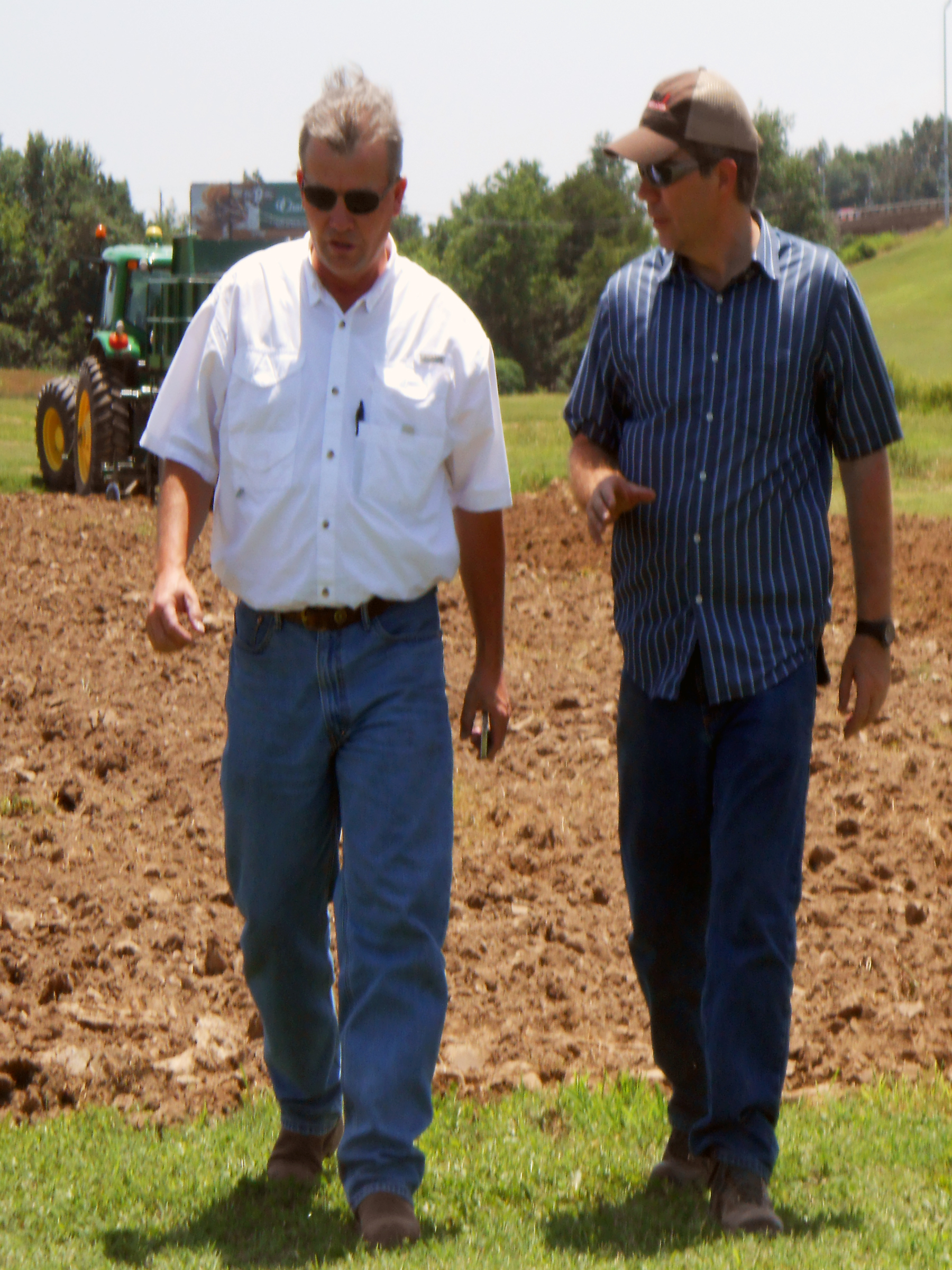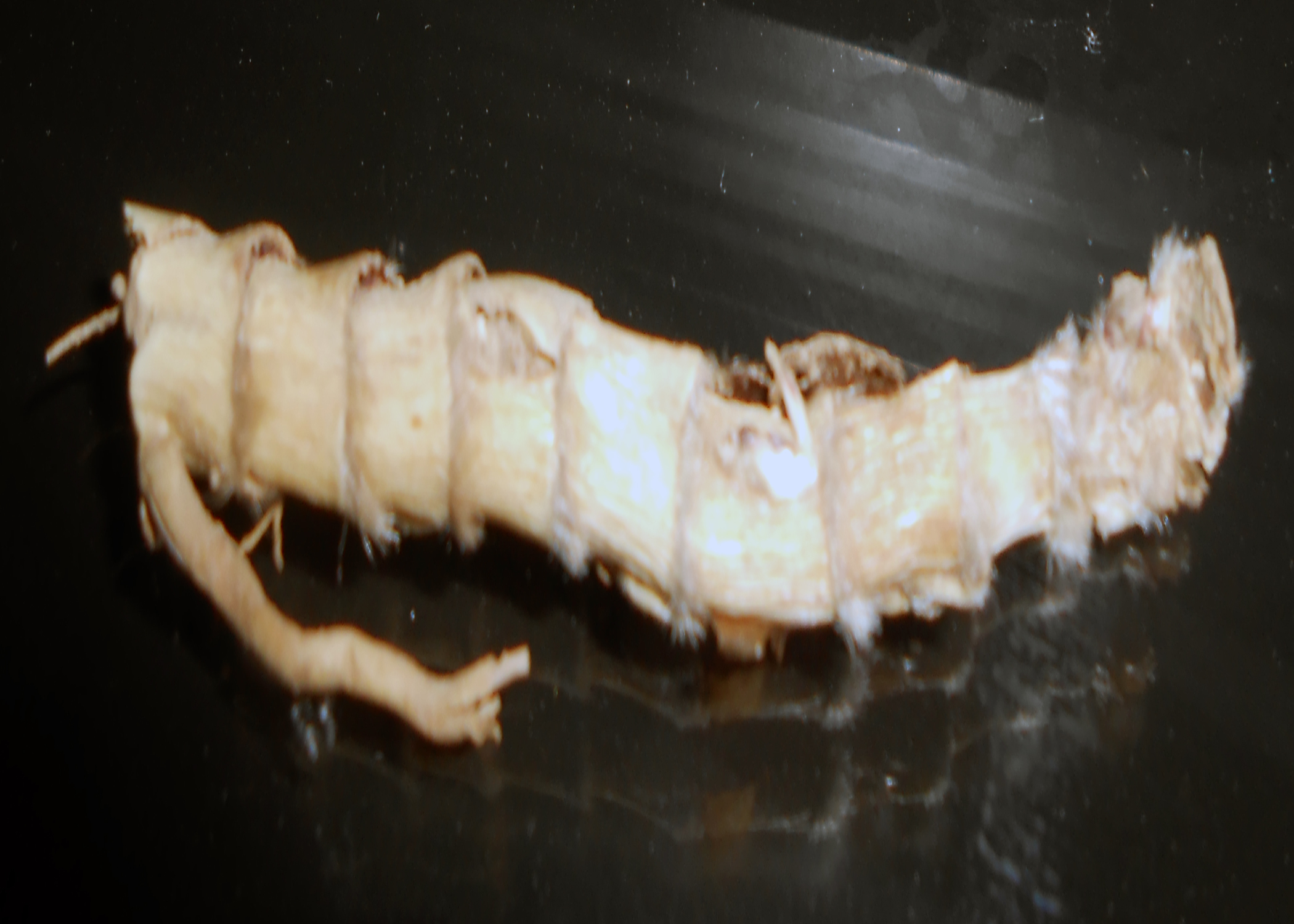- Home
- Admissions

As soon as you set foot on our campus you will know you’ve found the place you can call home.
- Academics

Our students are engaged in a wide range of academic pursuits that include degree programs in 160 undergraduate and graduate fields delivered by 6 different colleges.
Visit the Office of Academic Affairs & Research >>
- Campus Life

A-State offers unlimited possibilities for students to customize their experience while on campus.
Visit Student Affairs >>
- Research

Research engages intellectual curiosity, satisfies the thirst for discovery, and provides an outlet for creativity.
- About A-State

Marking its first hundred years, Arkansas State University continues to expand in exciting ways.
News Article
07/03/2013
JONESBORO, Ark. — Summer is a time when farmers usually plant corn, beans, rice, or cotton. It’s the same at the farm on the campus of Arkansas State University. One hot, dusty day in mid-June, Dr. Steve Green, an associate professor of soil and water conservation, stood in the field with employees of the MFA Oil Biomass company from Paragould while a special planter brought over from England tilled the ground and dropped small roots called rhizomes into the furrows.
Dr. Green and MFA Oil Biomass are not growing fruit, vegetables or grains. Instead, this crop is miscanthus which, when grown and harvested, will eventually become an alternative biofuel processed from its biomass.
Miscanthus, is a species of Asian grass that grows in warm weather and has been used in landscaping as an ornamental grass. But, it has been used for several years in Europe as a fuel source. Scientists in the United States are finding that the rapidly growing grass has another more important function in Northeast Arkansas than in landscaping and that is as a biofuel. That is one of the projects that is keeping Dr. Green working in the hot fields on the ASU Farm.
MFA Oil/Biomass in collaboration with Aloterra energy has planted more than 7,000 acres in Northeast Arkansas, making the Arkansas Project the largest of nine U.S. Department of Agriculture (USDA) Biomass Crop Assistance Program (BCAP) energy grass projects in the nation. The company is pleased to work with Dr. Green and the ASU College of Agriculture and Technology on research that will enhance the productivity of this crop, as local producers gear up to raise more than 30,000 acres needed as “feedstock” for a proposed liquid fuel plant to be built in the area.
Tim Wooldridge, former state senator and current MFA Oil Biomass Northeast Arkansas project manager agrees, saying, “We worked with Arkansas State to study and decide upon a crop that could be grown in Arkansas soil toward this effort. Farmers in eight northeast Arkansas counties are growing miscanthus as part of a federal renewable energy program. We will work directly with them to help them grow this new energy crop.”
Miscanthus is a sterile hybrid, non-invasive plant and grows where it’s planted. It is planted from a root rather than a pellet or seed and is environmentally friendly because it can continue to grow year after year. It also takes special equipment to plant and harvest, and MFA Oil has that equipment. Miscanthus planted in ASU’s farm fields should be ready to harvest around October and November when it will be cut and then chopped.
“We’re harvesting above ground biomass,” said Dr. Green. “It’s a great opportunity for our undergraduate and graduate students at ASU to be involved and work with a crop that can be turned into clean fuel that is grown and processed in Arkansas and on our campus.”
Dr. Green also stated that miscanthus can grow 10-12 feet tall and farmers stand to make sufficient money per acre because production costs of growing miscanthus are nominal. The low-maintenance grass is easy to grow and has a long lifespan.
“You can harvest 10-12 tons per acre of biomass from miscanthus,” said Dr. Green. “Switchgrass, another biomass crop, is more like five-eight tons. And, the miscanthus has an efficient nutrient use system.”
Wooldridge noted that MFA Oil Biomass’s long-term goal is to grow over 50,000 acres of miscanthus. Search is underway to find a site for a conversion facility to turn the miscanthus harvest into biofuel.
 Dr. Steve Green, (right) ASU associate professor of soil and water conservation, talks with Tim Wooldridge, MFA Oil Biomass Northeast Arkansas project manager, while special planter from England plants miscanthus in the background.
Dr. Steve Green, (right) ASU associate professor of soil and water conservation, talks with Tim Wooldridge, MFA Oil Biomass Northeast Arkansas project manager, while special planter from England plants miscanthus in the background.
Miscanthus root





